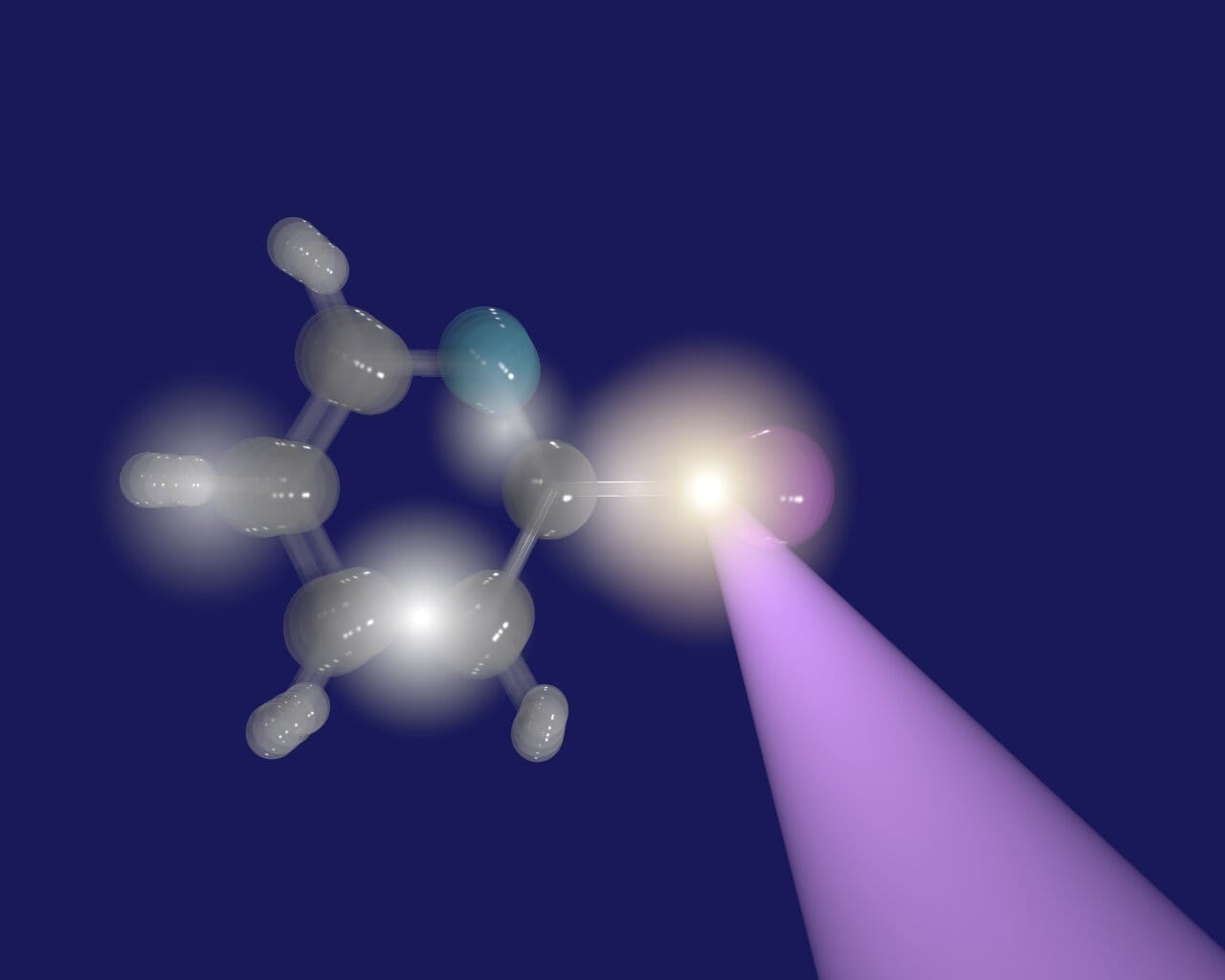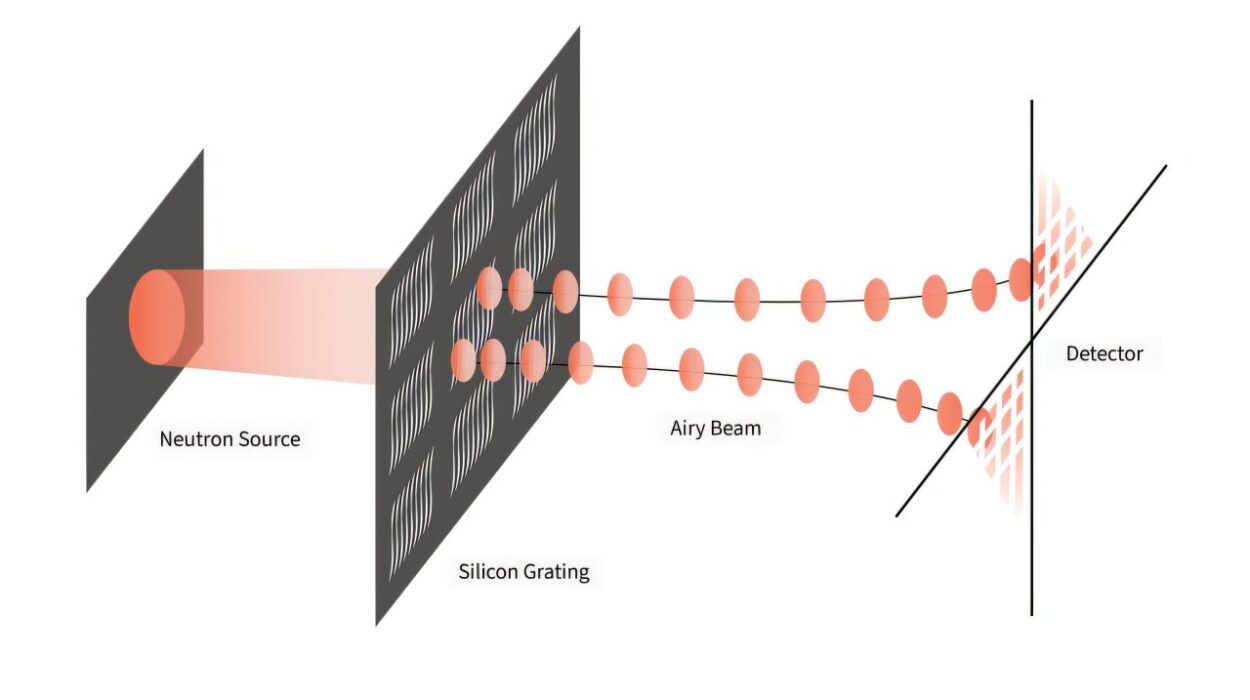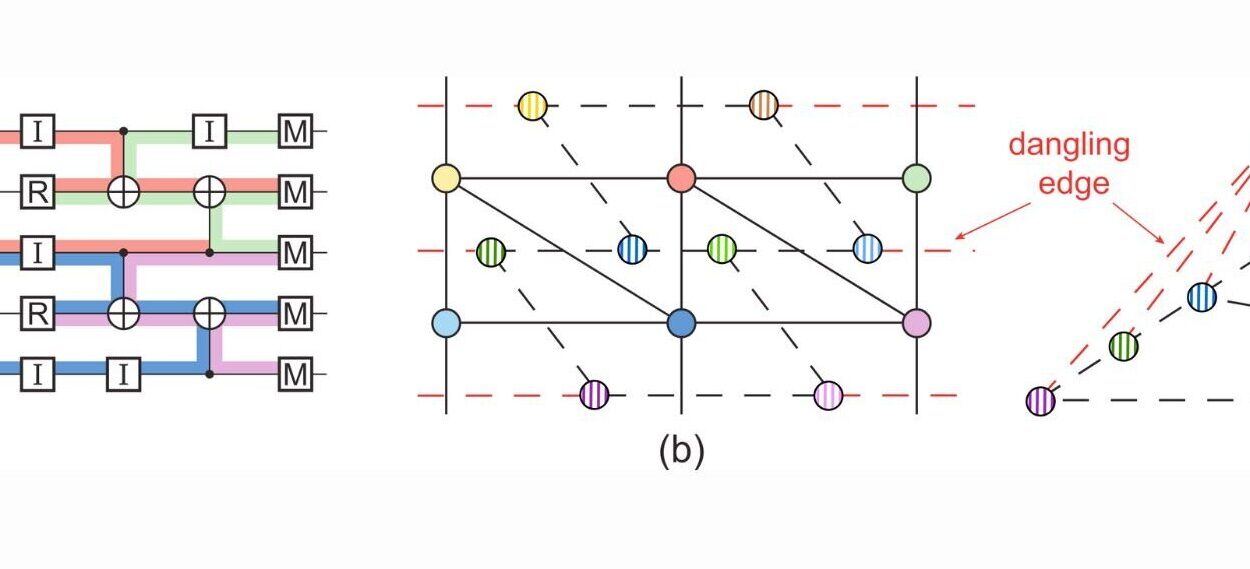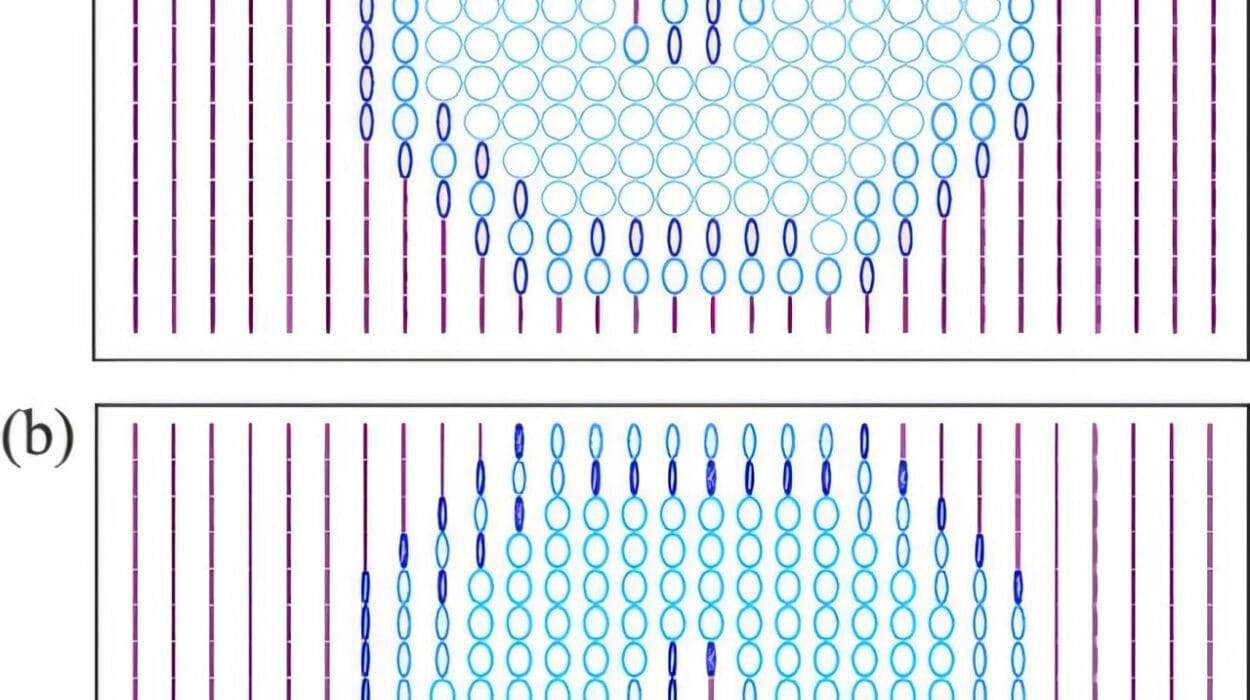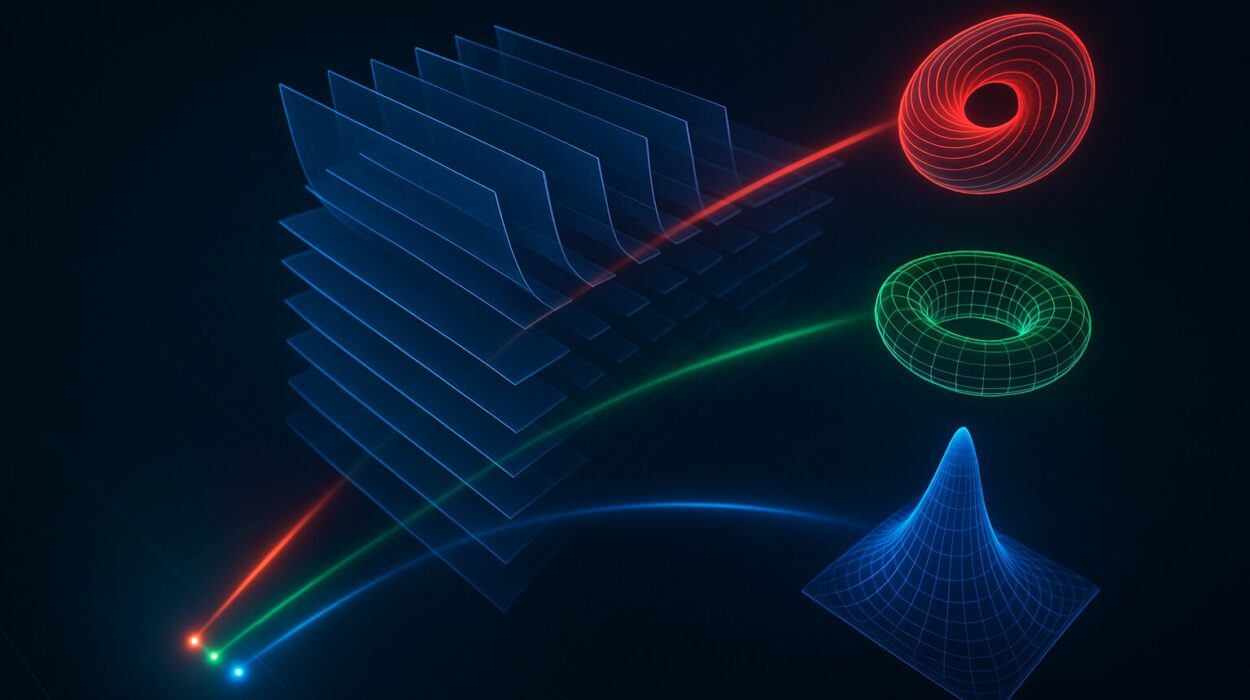In the deepest freeze the universe can offer—absolute zero—you might imagine everything would come to a perfect standstill. No motion, no vibration, not even the faintest twitch of an atom. But quantum mechanics tells us the truth is far stranger.
Even in this perfect cold, the microscopic world refuses to sit still. Atoms sway and twist in perpetual motion, driven by something physicists call zero-point energy—the unavoidable hum of the quantum world. It’s not random chaos, but a precisely choreographed dance that never stops.
Now, for the first time in history, scientists have managed to directly watch this dance in all its intricate, patterned beauty.
The Quantum Choreography We Couldn’t See
To understand just how remarkable this is, you need to know a little about the strange rules of quantum physics. According to Werner Heisenberg’s uncertainty principle, you can never know both the exact position and the exact momentum of a particle at the same time. It’s like trying to photograph a dancer mid-spin—you can either freeze their position in perfect detail, or you can measure how fast they’re twirling, but not both with absolute precision.
This fuzziness means that even when a particle is in its lowest energy state—the so-called “ground state”—it still has a subtle, restless motion. For molecules, that means their atoms never truly stop moving, even when cooled to absolute zero. They are forever vibrating, bending, and stretching in patterns dictated by the laws of quantum mechanics.
Physicists call these patterns vibrational modes, but if you prefer a more poetic image, think of them as different styles of dance. Some are gentle waltzes, where atoms move in and out in smooth rhythm; others are quick, angular tangos, or even wild folk dances involving the whole molecular ensemble.
Until now, these zero-point dances were like an invisible performance—everyone knew they were happening, but no one had ever taken a seat in the front row to watch them unfold in real time.
Shining a Quantum Spotlight
That changed thanks to a collaboration between scientists at Goethe University Frankfurt, the Max Planck Institute for Nuclear Physics in Heidelberg, and colleagues working at the European XFEL, the world’s largest X-ray laser located in Hamburg, Germany.
Using XFEL’s astonishingly bright and ultrafast pulses of X-rays, they developed a way to take “snapshots” of individual molecules as they danced in their zero-point motion. The results? A quantum choreography revealed for the very first time.
“The exciting thing about our work is that we were able to see that the atoms don’t just vibrate individually, but that they vibrate in a coupled manner, following fixed patterns,” says Professor Till Jahnke of Goethe University Frankfurt. “We directly measured this behavior for the first time in individual medium-sized molecules that were also in their lowest energy state. This zero-point motion is a purely quantum mechanical phenomenon that cannot be explained classically.”
The team chose a molecule called iodopyridine—a medium-sized molecule made of eleven atoms. It’s large enough to display complex vibrational patterns but small enough to study in detail. And complex it is: iodopyridine has 27 distinct vibrational modes, from subtle breathing-like motions to full-body twists where every atom participates.
Blowing Molecules Apart—On Purpose
But how do you actually photograph something so small and fast? The answer is as explosive as it is clever: Coulomb Explosion Imaging.
The process works like this: A blindingly brief, high-intensity X-ray pulse strips many electrons away from a molecule, leaving its atoms positively charged. Since like charges repel, the atoms suddenly push away from each other with tremendous force—exploding apart in less than a trillionth of a second.
Sophisticated detectors record the positions and flight times of all the fragments. From this data, scientists can work backwards, reconstructing where each atom was before the explosion—like rewinding footage of fireworks to find the exact arrangement of the shells before they burst.
The Frankfurt team used a custom-built COLTRIMS reaction microscope for this task—a device developed over decades by Goethe University’s Atomic Physics group. Dr. Gregor Kastirke, who built the version adapted for the XFEL during his Ph.D., describes the moment of seeing it succeed: “Witnessing such groundbreaking results makes me feel a little proud. After all, they only come about through years of preparation and close teamwork.”
A New Window Into the Quantum World
This achievement isn’t just a milestone—it’s a new doorway into the quantum realm. Until now, much of our knowledge of molecular vibrations came from indirect methods, like spectroscopy, which could hint at the patterns but never show them directly.
Now, scientists can see them. Not only that, but the researchers are already planning their next moves. Jahnke explains: “We’re constantly improving our method and are already planning the next experiments. Our goal is to go beyond the dance of atoms and observe—in addition to the dance of electrons—a choreography that is significantly faster and also influenced by atomic motion. With our apparatus, we can gradually create real short films of molecular processes, something that was once unimaginable.”
In other words, the team hopes to make literal molecular movies, capturing not just the slow, graceful vibrations of atoms but also the lightning-fast movements of electrons—the quantum equivalent of filming both the dancers and the sparks that fly between them.
Why This Matters
At first glance, watching atoms dance might sound like a scientific curiosity—beautiful, but not immediately practical. But these measurements have profound implications. Zero-point motion is a key feature of quantum systems, influencing chemical reactions, material properties, and even the behavior of exotic states of matter. Understanding it in detail could lead to advances in nanotechnology, quantum computing, and molecular engineering.
And beyond the applications, there’s something profoundly human about peering into this hidden world. For decades, the zero-point dance existed only in equations and theory. Now, thanks to human ingenuity and perseverance, we can watch it unfold—proof that even in the deepest cold, the universe is never truly still.
More information: Benoît Richard et al, Imaging collective quantum fluctuations of the structure of a complex molecule, Science (2025). DOI: 10.1126/science.adu2637. www.science.org/doi/10.1126/science.adu2637
